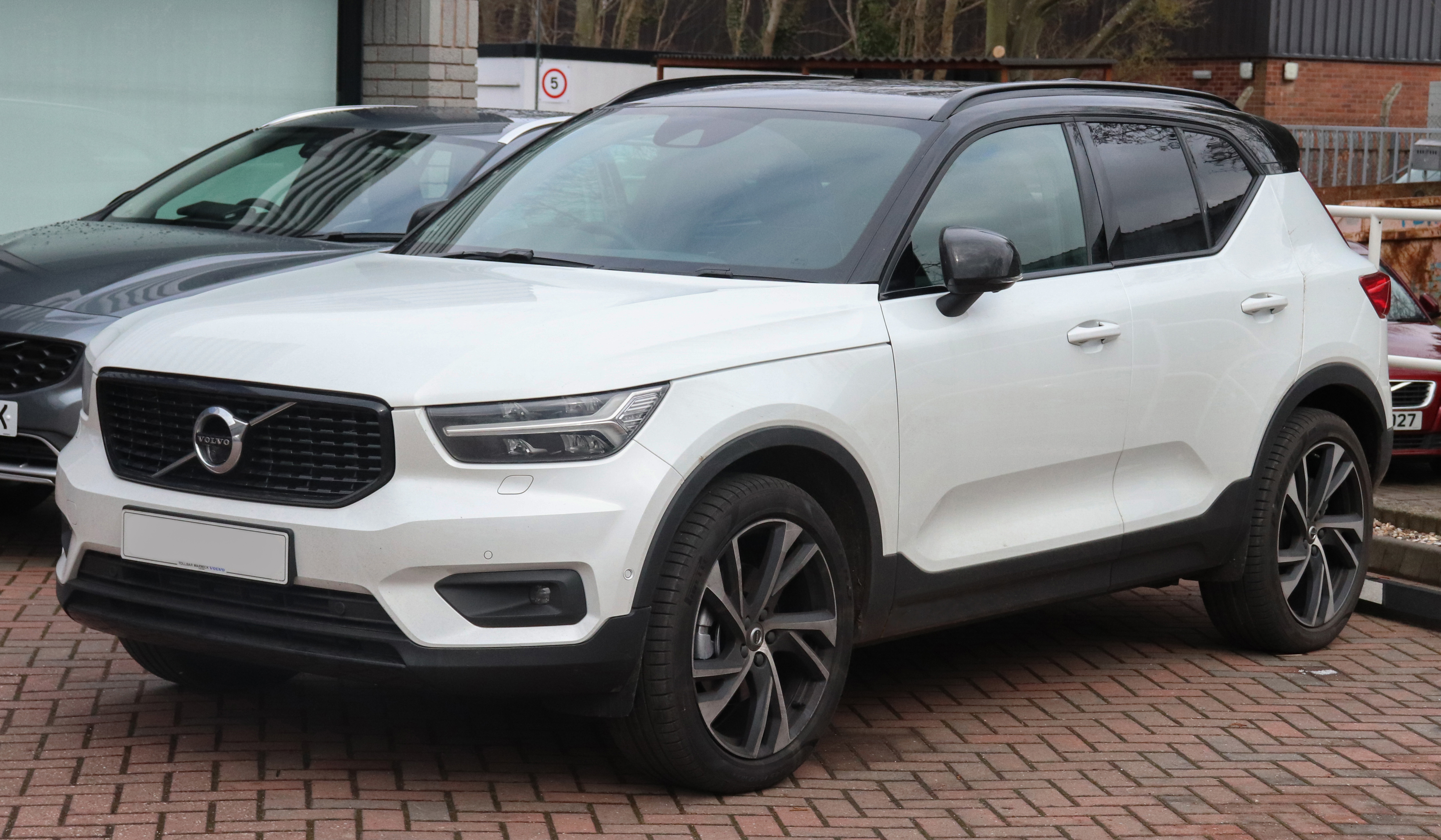Automotive Safety ADAS Roadsafety DriverAssistanceSystems
In an era marked by rapid technological advancements, the automotive industry stands at the forefront of innovation, particularly in the realm of safety. With the goal of reducing accidents and protecting both drivers and pedestrians, automakers and tech companies continue to push the boundaries of what's possible in automotive security. From advanced driver-assistance systems (ADAS) to autonomous safety features, let's delve into the latest breakthroughs redefining automotive security.
Advanced Driver-Assistance Systems (ADAS):
One of the most significant advancements in automotive safety is the widespread adoption of ADAS. These systems leverage sensors, cameras, and artificial intelligence to assist drivers in various ways, ultimately enhancing safety on the road. Some of the key features of ADAS include:
Adaptive Cruise Control (ACC):
ACC automatically adjusts the vehicle's speed to maintain a safe following distance from the vehicle ahead. Using radar or laser sensors, the system detects the distance and relative speed of other vehicles, helping to prevent rear-end collisions and reducing driver fatigue on long journeys.
Lane Departure Warning (LDW) and Lane-Keeping Assist (LKA):
LDW alerts the driver when the vehicle unintentionally drifts out of its lane, while LKA actively intervenes to steer the vehicle back into the lane. These features are designed to prevent accidents caused by distracted driving or momentary lapses in attention.
Automatic Emergency Braking (AEB):
AEB uses sensors to detect imminent collisions with vehicles, pedestrians, or obstacles ahead. If the driver fails to respond in time, the system can automatically apply the brakes to mitigate or avoid the collision altogether, potentially saving lives and reducing the severity of accidents.
Autonomous Safety Features:
As the automotive industry progresses towards fully autonomous vehicles, manufacturers are incorporating increasingly sophisticated safety features that pave the way for self-driving cars. These features not only enhance safety but also provide a glimpse into the future of mobility. Here are some notable examples:
Collision Avoidance Systems:
Collision avoidance systems use a combination of sensors, cameras, and radar to detect potential hazards and take evasive action to avoid accidents. This may include steering the vehicle away from obstacles or deploying safety measures such as pre-tensioning seatbelts and preparing airbags for deployment.
Intersection Assistance:
Intersection assistance systems are designed to prevent accidents at intersections, where a significant portion of collisions occur. These systems can detect cross-traffic, pedestrians, and cyclists, providing warnings to the driver or automatically stopping the vehicle if necessary to avoid a collision.
Vehicle-to-Vehicle (V2V) Communication:
V2V communication enables vehicles to exchange information with each other in real-time, providing a comprehensive view of the surrounding environment. This technology allows vehicles to anticipate potential hazards, such as sudden braking or changes in traffic patterns, and take proactive measures to avoid accidents.
Challenges and Future Outlook:
While innovations in automotive safety hold great promise, there are still challenges to overcome. Interoperability between different ADAS systems, ensuring the reliability of sensors and algorithms, and addressing cybersecurity concerns are among the key hurdles facing the industry. Additionally, widespread adoption of these technologies requires overcoming cost barriers and educating consumers about their benefits.
Looking ahead, the future of automotive security is intertwined with the development of autonomous vehicles. As self-driving technology continues to evolve, we can expect to see even more advanced safety features that not only protect occupants but also enable safer and more efficient transportation for all road users.
Innovations in safety are reshaping the automotive industry, ushering in a new era of secure and sustainable mobility. From ADAS to autonomous safety features, these breakthroughs are not only saving lives but also paving the way for a future where accidents are a thing of the past. As technology continues to advance, the possibilities for enhancing automotive security are endless, promising safer roads for generations to come.
Powered by: Oh! Puhleeez Branding Agency & NowUpskill
Automotive Safety ADAS Roadsafety DriverAssistanceSystems



































































































































































